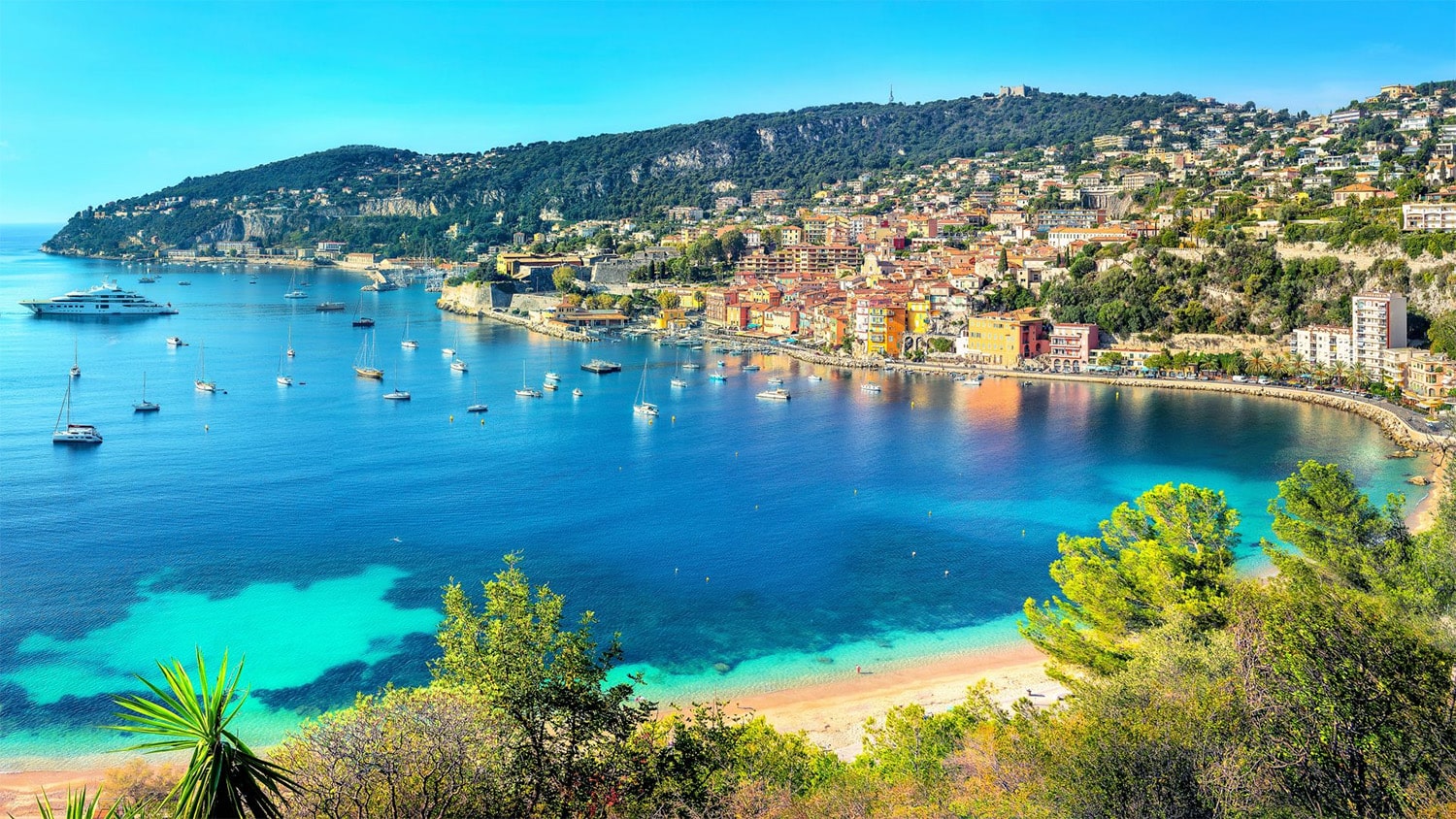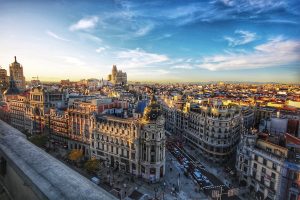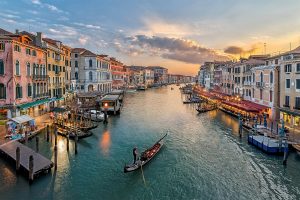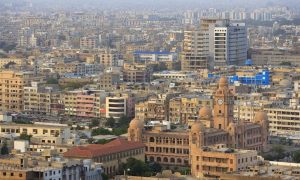
33 interesting facts about Nice
- 👁️ 1175
Nice, nestled along the stunning French Riviera, boasts a unique blend of natural beauty, historical richness, and cultural vibrancy. As the fifth-largest city in France, it has long been a magnet for artists, writers, and tourists drawn by its mild Mediterranean climate, picturesque coastline, and vibrant street life. From its origins as a Greek settlement to becoming a sought-after vacation destination among the European aristocracy, Nice has a fascinating story to tell. Its diverse heritage is reflected in the city’s architecture, cuisine, and traditions, making it a captivating place to explore. Let’s dive into some interesting and informative facts about Nice that highlight its unique charm and significance.
- Nice was founded by the Greeks in approximately 350 BC, who named it Nikaia after Nike, the goddess of victory.
- The famous Promenade des Anglais was named after the English tourists who paid for its construction in the 19th century.
- Nice became part of France in 1860, after being ceded by the Kingdom of Sardinia, which is now part of Italy.
- The city is renowned for its beautiful beaches along the Baie des Anges, or Bay of Angels.
- Nice has a Mediterranean climate, with mild winters and warm to hot summers, making it a year-round tourist destination.
- The Nice Carnival is one of the largest carnivals in the world, featuring parades, music, and flower battles.
- The Cours Saleya market is famous for its flowers, fresh produce, and flea markets, reflecting the city’s vibrant local culture.
- Nice’s local culinary specialties include Salade Niçoise, Ratatouille, and Socca, a type of chickpea pancake.
- The city’s airport, Nice Côte d’Azur Airport, is the third busiest in France, highlighting its popularity as a travel destination.
- The Matisse Museum is dedicated to the works of French artist Henri Matisse, who lived in Nice for much of his life.
- Nice is home to a unique dialect, Niçard, which is a variant of the Occitan language.
- The city was a favorite destination of Queen Victoria during the Belle Époque era, and she often stayed at the Excelsior Regina Palace.
- Nice’s Russian Orthodox Cathedral is the largest outside Russia, reflecting the historical presence of the Russian aristocracy in the city.
- The Albert I Garden, one of the oldest public gardens in Nice, features a wide variety of Mediterranean and exotic plants.
- The Château de Nice, or Castle of Nice, no longer exists as a castle but as a hill offering panoramic views of the city and bay.
- Nice has been designated a UNESCO World Heritage site for its “Winter Resort Town of the Riviera.”
- The city’s natural beauty has inspired many artists, including Marc Chagall, who has a museum in Nice dedicated to his works.
- The Observatoire de Nice, located on Mount Gros, is one of the oldest observatories in the world, founded in 1879.
- The Port of Nice, also known as Lympia port, is a popular starting point for cruises along the French Riviera and to Corsica.
- The Place Masséna, Nice’s main square, is known for its distinct red ochre buildings and black and white pavement.
- The Colline du Château (Castle Hill) offers not only views but also a waterfall and remnants of the city’s ancient defenses.
- The Masséna Museum, housed in a Belle Époque villa, showcases the history and art of the Riviera.
- Nice has a significant Italian influence in its architecture and cuisine due to its historical ties to the Kingdom of Sardinia.
- The city hosts the Nice Jazz Festival, one of the oldest jazz festivals in the world.
- The Promenade du Paillon is a modern green space in the city center, featuring water mirrors and mist sprays.
- Nice’s tramway system is a key part of its public transport, offering an eco-friendly way to explore the city.
- The city is part of the Côte d’Azur Metropolitan area, which is one of the most densely populated regions in France.
- The Phoenix Parc Floral de Nice is a botanical garden and zoo that showcases the biodiversity of the Mediterranean region.
- The Old Town of Nice, known as Vieux Nice, is famous for its colorful buildings, narrow streets, and lively atmosphere.
- The city was heavily bombed during World War II due to its strategic importance.
- The Promenade des Arts is home to several of Nice’s cultural institutions, including the Theatre de Nice and the Museum of Modern and Contemporary Art.
- The Lascaris Palace, a 17th-century baroque building, is now a museum displaying musical instruments and period furnishings.
- Nice has a vibrant nightlife, with numerous bars, clubs, and restaurants that cater to all tastes.
Nice is a city that effortlessly combines historical depth, cultural richness, and natural beauty. Its sunny weather, stunning coastline, and lively streets make it a perennial favorite among travelers seeking both relaxation and cultural immersion. From its historical landmarks and museums to its bustling markets and festivals, Nice offers a glimpse into the heart and soul of the French Riviera. Whether you’re strolling along the Promenade des Anglais, exploring the Old Town, or enjoying the local cuisine, Nice promises an unforgettable experience that captivates all who visit.











